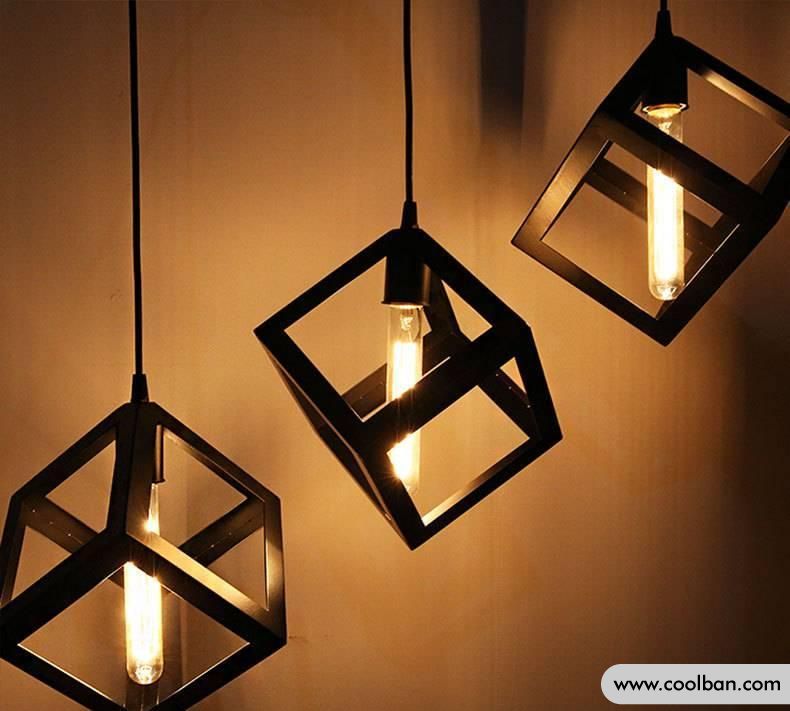Interior decoration to prevent light pollution
In the choice of lighting in home decoration, people often focus on its beauty and brightness to create a visual effect, but ignore the radiation intensity and environmental protection of the light. And this is very likely to form light pollution, which is now gradually becoming a new type of pollution in urban life that is "comparable" to water pollution and air pollution. Experts point out that light pollution can cause damage to the cornea and iris of the human eye. Its harm cannot be ignored. How much do you know about "light pollution"? Next, the editor will explain what "light pollution" is and some related solutions.
Light pollution includes some things that may adversely affect people's visual environment and physical health, including books, paper, walls, etc. that are common in life.

Light pollution in home decoration
1. Home decoration is too bright

In order to make the living room look more beautiful and make up for the lack of lighting to a certain extent, people will install various lamps. Some families prefer to decorate with tiles with higher colors, and even install multiple mirrors and whitewash walls indoors. And such decoration often causes light pollution.
Under normal circumstances, the light reflection coefficient of the roof and wall should be lower than 60%, and the ground should be 15-35%. Too bright decorative surface will make the reflection coefficient as high as 90%, which is beyond the tolerance of the human body. Exposure to such a highly reflective, color-poor environment can damage the cornea and iris, leading to eye fatigue or decreased vision, and increased incidence of cataracts. More seriously, it will also disrupt the normal circadian rhythm, induce neurasthenia and insomnia.
2. Colorful lights in the house
When many families choose lamps and light sources, in order to pursue texture, they often ignore reasonable lighting needs, and design the lights to be colorful, which sometimes looks messy. This can have a big impact on our health. In addition to harming the eyesight, the lights with cluttered colors also interfere with the function of the central nervous system of the brain. People living with excessive and uncoordinated light radiation for a long time may experience symptoms such as dizziness, dizziness, insomnia and depression. Families with babies should pay attention that "light pollution" has a greater impact on infants and young children, not only weakening vision, but also affecting vision development.
3. Bathroom "bathroom" equipment
Many families will decorate the bathroom with "Yuba", but when bathing, continuous use of auxiliary equipment such as "Yuba" may cause dizziness, insomnia, inability to concentrate, loss of appetite and other symptoms. This is because the bright lights stimulate the central nervous system of the brain.
So how do we prevent light pollution when decorating?
Improve indoor visual environment

Pay attention to the color coordination of lights, avoid glare, choose colors that have less impact on the eyes, etc. In addition, owners should establish a correct concept of lighting decoration, and choose lights without light pollution for matching decoration.
Suitable tiles to avoid light pollution
Some ultra-white floor tiles use "white" additives in the production process, and this additive contains radioactive substances, which may cause radioactive pollution and light pollution. Therefore, our best visual environment should be fully coordinated with the human eye in terms of color, light frequency, brightness, etc. In home decoration, it is best to choose matt tiles to reduce light pollution.
Suitable glass to avoid light pollution
In recent years, people increasingly choose to use coated glass, patterned glass, etc. in home decoration. As a special decoration material, sometimes it is not installed in the specified orientation during the construction process. As a result, after the installation is completed, when encountering bright sunlight, the glass door often affects the reverse of the light and the decorative effect of the interior, causing light pollution. In addition, paste a layer of film on the glass to reduce the refraction and projection rate of light!
